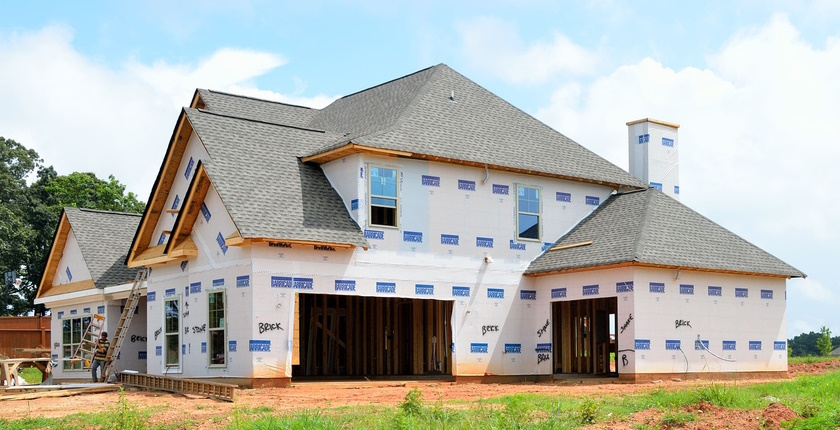
Photo: Paul Brennan from Pixabay
European Union member states have to make sure that final energy consumption in 2030 is 11.7% lower at the EU level than what was forecasted in 2020.
The Council of the EU has adopted the Energy Efficiency Directive, which defines new rules to reduce final energy consumption at the EU level. The decision is a final step in the legislative process for revising the directive that started in July 2021 as part of the Fit-for-55 package.
Member states will collectively ensure a reduction of final energy consumption of at least 11.7% in 2030 from the energy consumption forecasts for 2030 that were made in 2020, the council said.
It translates into an upper limit to the EU’s final energy consumption of 763 million tons of oil equivalent and 993 million tons of oil equivalent for primary consumption.
The final consumption limit will be binding for member states collectively
The final consumption limit will be binding for member states collectively, whereas the primary energy consumption target will be indicative.
All member states are obligated to contribute to achieving the overall EU target. They accepted to set indicative national contributions and trajectories towards reaching the target in their integrated national energy and climate plans (NECPs).
Draft updated NECPs were due by the end of last month and final plans will be due in 2024, the council noted.
The European Commission is tasked with calculating whether all the contributions add up to the 11.7% target and, if not, issuing corrections to the national contributions that are lower than what they would have been if using the formula (the so-called gap-filling mechanism).
The energy-efficiency-first principle is getting a substantial legal standing for the first time
The EU’s executive body added that in addition to setting a legally binding target at 11.7%, the updated legislation introduces a series of measures to help accelerate energy efficiency practices.
Notably, member countries will now be legally required to prioritize energy efficiency in policymaking, planning, and major investments, giving the energy-efficiency-first principle substantial legal standing for the first time, the commission said.
Moreover, national governments agreed to almost double individual annual energy savings in terms of final energy consumption in the coming years.
The annual energy savings target for final energy consumption will gradually increase from 2024 to 2030. Member states will ensure new annual savings of 1.49% of final energy consumption on average during this period, up from the current requirement of 0.8% and gradually reaching 1.9% on December 31, 2030, the council said.
Public sector to lead by example
The recast directive further strengthens the exemplary role to be played by the public sector in enhancing energy efficiency practices.
The new rules set a specific obligation for the public sector to achieve an annual energy consumption reduction of 1.9% that can exclude public transport and armed forces. Furthermore, member states will be required to renovate each year at least 3% of the total floor area of buildings owned by public bodies, the council explained.
According to the commission, the public sector will also play a driving role in the development of the energy services market. Energy performance contracts will be prioritized in the implementation of energy efficiency projects in the public sector, whenever possible, it added.
Obligation for data centers
The commission said that given the importance of digitalization and data centers, the directive introduces an obligation for the monitoring of the energy performance of data centers.
An EU-level database will collect and publish data, which is relevant to the energy performance and water footprint of data centers with significant energy consumption, the statement reads.
The new legislation also promotes local heating and cooling plans in larger municipalities.
Moreover, based on the revised definition of efficient district heating and cooling included in the legislation, minimum requirements will be gradually tightened in the coming years towards achieving a fully decarbonized district heating and cooling supply by 2050, the commission explained.
The directive has been formally adopted. It will now be published in the EU’s Official Journal and enter into force 20 days later.


















Be the first one to comment on this article.